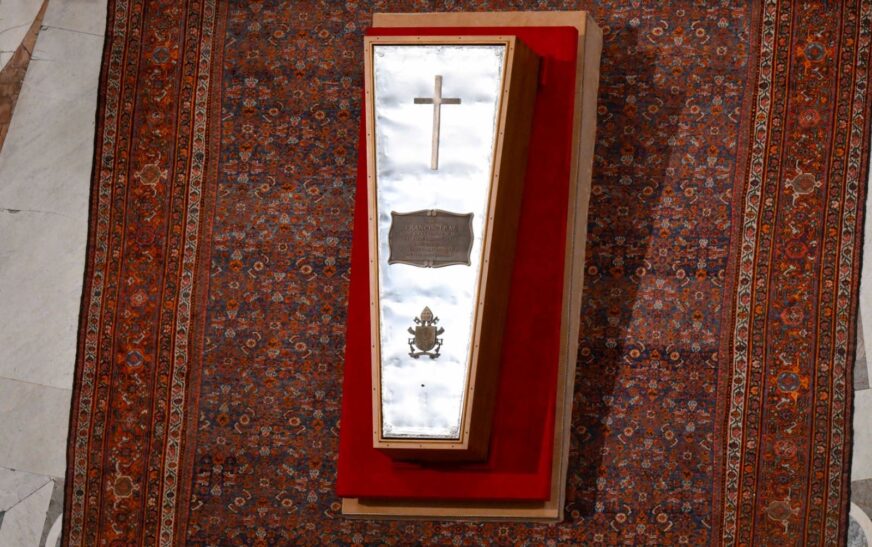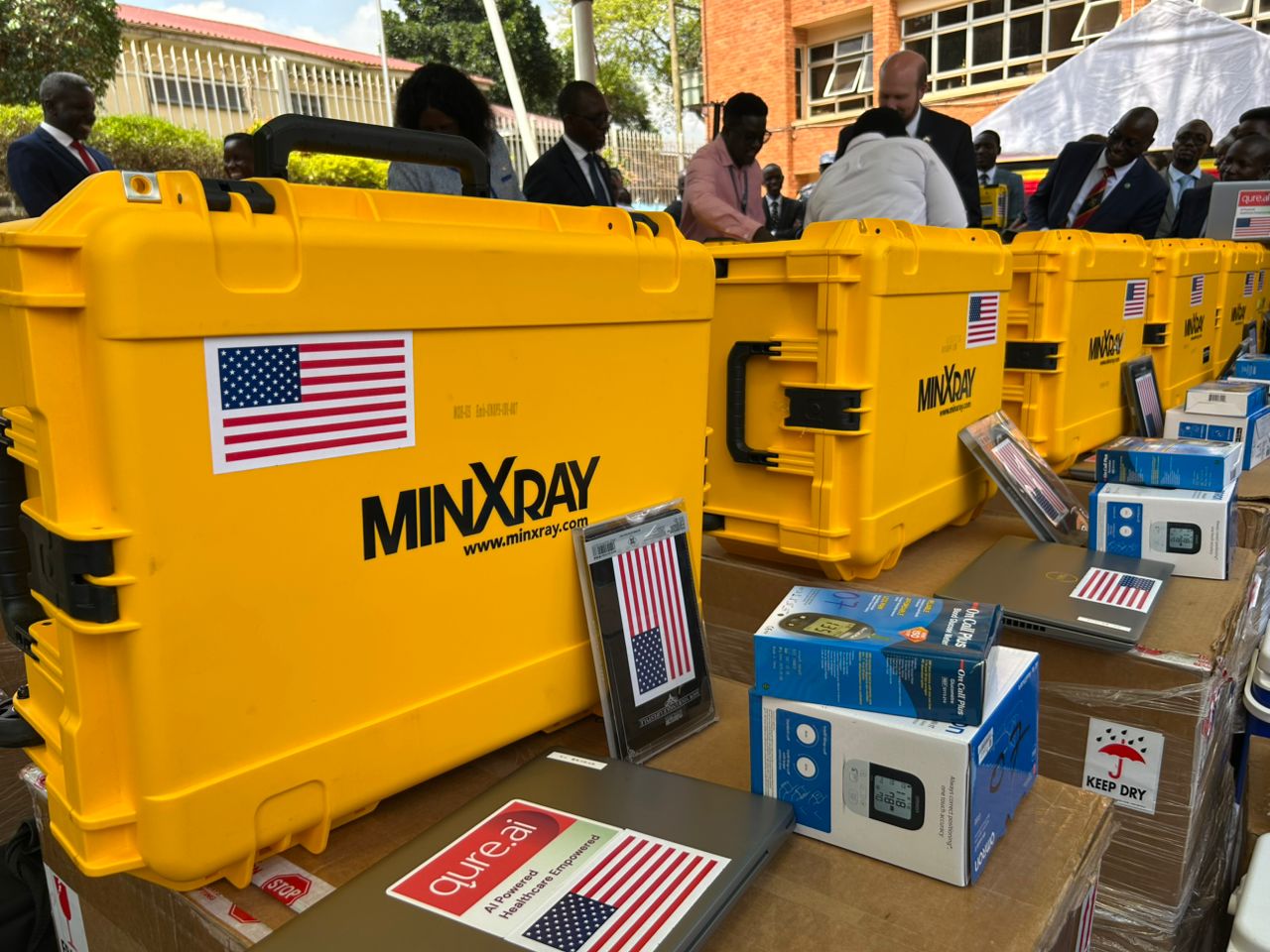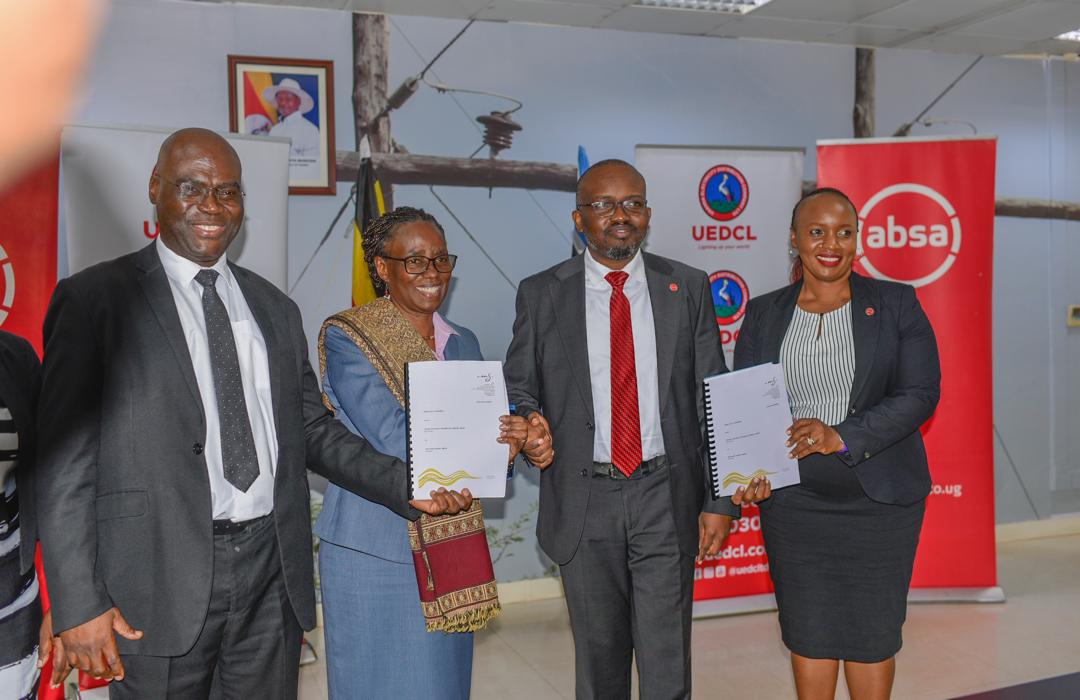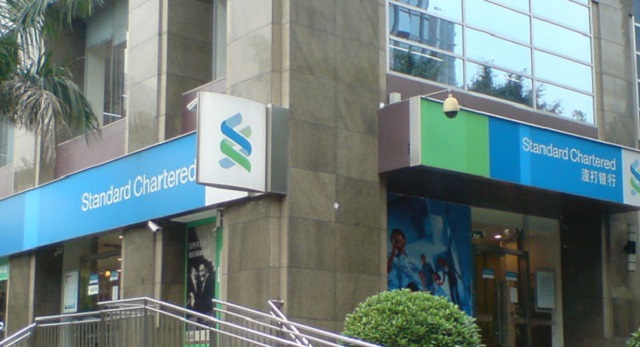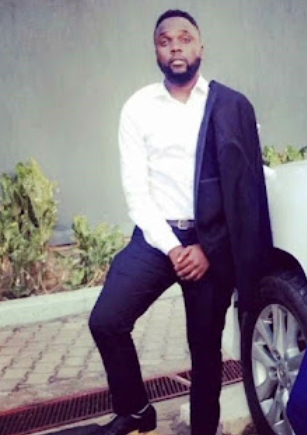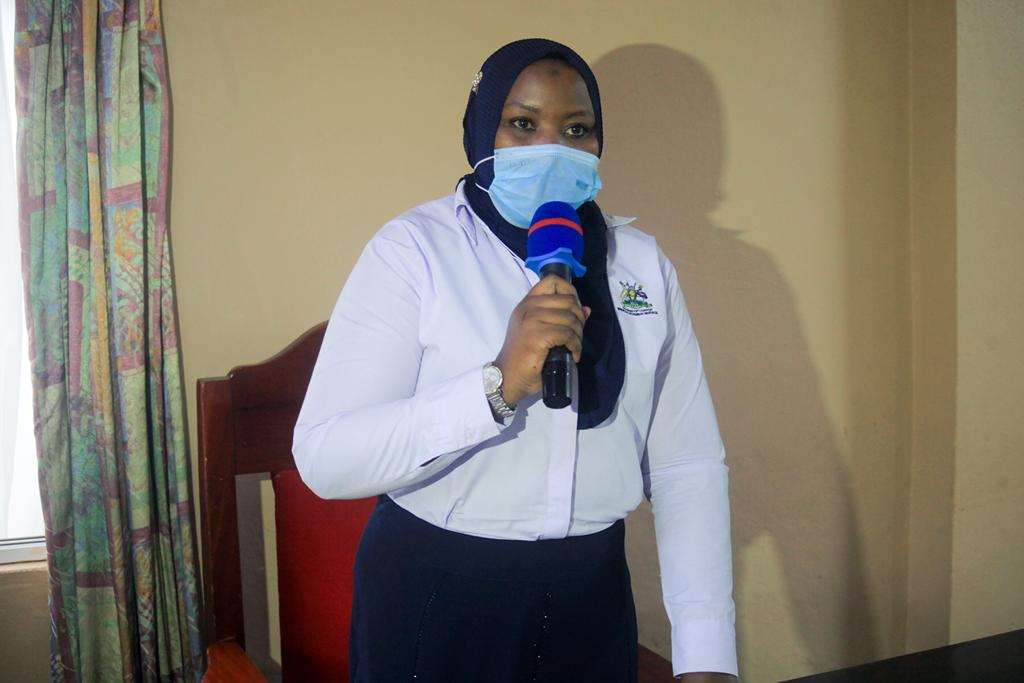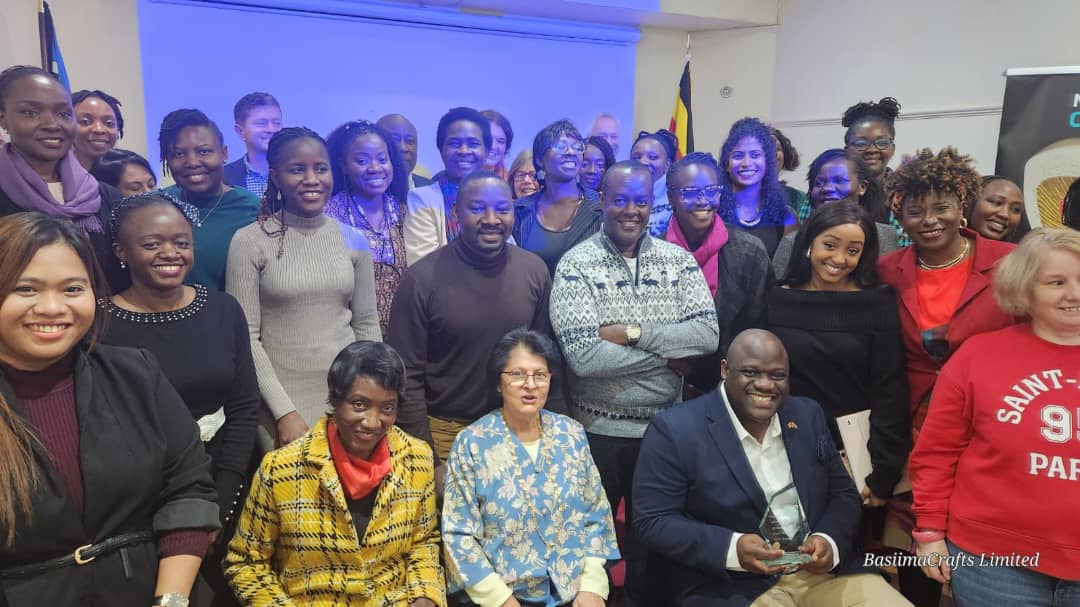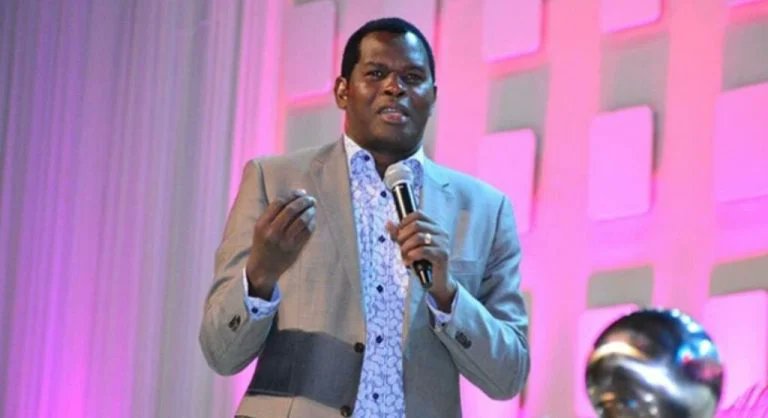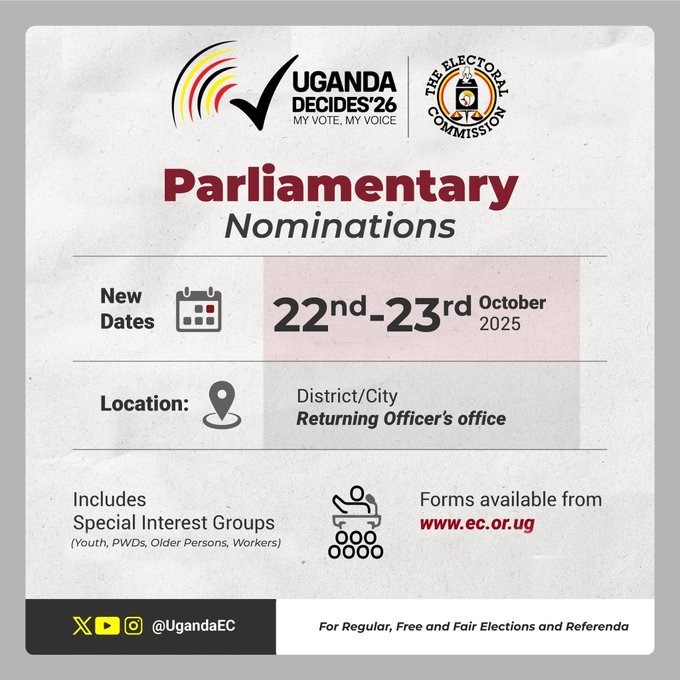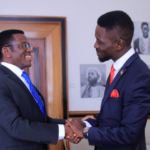Around 400,000 mourners packed St. Peter’s Square and the surrounding streets of Rome to pay tribute to Pope Francis, who led the Catholic Church since 2013 and was known as a champion of the poor.
After a solemn funeral, Pope Francis’s plain wooden coffin, symbolising his humility, was slowly driven to Santa Maria Maggiore, his favorite Roman church. There, in a private ceremony, he was interred in a marble tomb inscribed simply: “Franciscus”.
Pope Francis was buried in the side aisle of the Basilica of St Mary Major, between the Pauline Chapel, where his beloved icon of Our Lady ‘Salus Populi Romani’ is located, and the Sforza Chapel.
World leaders pay tribute
More than 50 heads of state attended, including US President Donald Trump, who met several leaders before the ceremony — notably Ukraine’s Volodymyr Zelensky — marking their first meeting since a heated Oval Office clash in February.
Trump, despite past tensions with Pope Francis over migration issues, called him: “A good man who loved the world.”
Other leaders present included Joe Biden, UN Secretary General Antonio Guterres, Germany’s Olaf Scholz, Italy’s Giorgia Meloni, and Lebanon’s Joseph Aoun.
A Pope of compassion and change
During the homily, Cardinal Giovanni Battista Re described Pope Francis as: “A pope among the people, with an open heart,” adding that he believed the Church should be “a home for all, with its doors always open.”
Pope Francis’s 12-year papacy was marked by his drive toward a more inclusive Church — allowing communion for divorced believers, blessing same-sex couples, and welcoming transgender individuals into the faith.
Yet he maintained traditional stances on other issues like abortion, illustrating the delicate balance he sought between tradition and reform.
Calls for peace and justice
Highlighting Pope Francis’s constant advocacy for peace, Cardinal Re noted his insistence on: “Reason and honest negotiation” in efforts to resolve global conflicts.
Pope Francis’s first major papal trip to Lampedusa, his mass at the Mexico-US border, and his outspoken support for migrants reflected his lifelong commitment to the marginalised.
Security and ceremony
Italian and Vatican authorities deployed snipers on rooftops and fighter jets on standby to safeguard the event. Red-robed cardinals and purple-hatted bishops sat alongside world dignitaries as the faithful gathered under clear blue skies.
In front of the altar rested the simple cypress coffin, adorned with a pale cross — a final testament to Francis’s humility.
Legacy of a people’s Pope
Pope Francis, born Jorge Bergoglio in 1936 in the poor Flores neighborhood of Buenos Aires, died at age 88 from a stroke and heart failure, less than a month after recovering from pneumonia.
In his final public act — an Easter Sunday blessing — Francis once again urged protection for “the vulnerable, the marginalised, and migrants.”
Throughout his papacy, Francis embraced the motto of Saint Francis of Assisi: “A poor Church for the poor,” opting to live in a Vatican guesthouse rather than the traditional papal palace.

